There Is More Than One Way To Skin A Cat
Firstly I would like to thank Scott and Brad for this opportunity to talk a little about my life in the world of interior, architectural and location based photography.
I am based out of London in the UK, and specialize in taking images for a wide range of clients, ranging from architects, interior designers, kitchen designers, cabinet makers, hotels, resorts, and, not forgetting the ‘bread and butter,’ high-end real estate agents for their editorial, advertising and social media needs.
Potted History
I am one of those photographers that started in a black and white darkroom.
Way back when I was sixteen years old, I lucked out and got a job with a company called ‘Brook-Tella.’ They were exhibition printers and possibly the oldest photographic company in the UK back then in the 1980’s.
We hand printed enormous photos and hand developed them in huge vats of developer and fixer. Then the photos were mounted ready for the clients exhibition needs.
The enlargers ran on rails on the floor, and we worked in enormous hanger sized dark-rooms. The enlarging wall was made of metal as we needed to hang large strips of paper with magnets, and often a print was made up of three to four strips of paper 56” deep and up to 15-20’ feet across. Sorry, I’m still not a metric head being British.
These huge images adorned massive trade shows, such as the like of the Major Motor and trade shows in the UK, Europe and America.
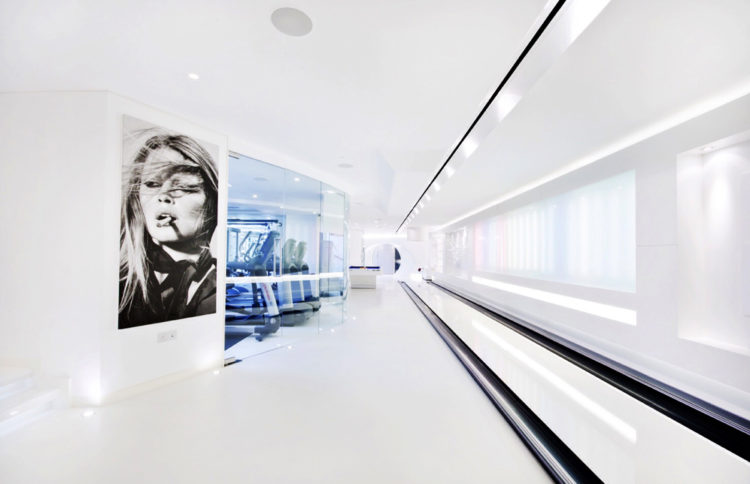
This takes me back to how I remember being given a 4”x5” black and white negative and was told to print it day in day out for a week. I can tell you I was ready to walk out after day one, printing the same negative repeatedly; I saw no reason for it. The senior printer explained to me why I was printing this same image time and time again. His name was John, a really nice man, an absolute expert in the darkroom. He sat me down later in the week as I was close to tears and clearly feeling like the rise was being taken out of me.
This is what he said: “Murray, you still don’t know the skills of how to read a negative, the exposure, the grade of paper, what you will get when you burn and dodge different areas. In turn it will give each and every print a different look,” (think Ansel Adams). I swallowed my teenage pride and continued. That lesson has never left me. So, ‘there are many ways to skin a cat!’
I went on to be a fine art printer and then a photographer in my early twenties. Which takes us to date. The reason I tell you about that early experience is that we need to have a lateral and creative mind to get the best out of any situation and each image we create. What we may think is a good way or the best way to get the image isn’t the only way, sometimes it’s just a very simple solution – good clean light.
On Location
When I arrive at a shoot, I never know what will be happening with the light that day or what I may face in terms of logistics of the shoot. It doesn’t always play out as I think it will; all I know is that my clients are expecting quality results.
So I always go with an open mind, a mind that has many solutions to get the results.
First Things First
Each and every one of us has different approach to how we deal with lighting situations. When I give a talk or train anyone I always say that we have to try and make our post work as easy as possible, which means it’s all about getting right in camera first, at least most of it. Not all our clients are happy to pay for expensive post-production work, so workflow is king.
I can tell you that I probably do more post than most photographers in my field, so I am ahead on the learning curve. Down side is that if you start working out your hourly rate you could be earning not a great deal per hour.
But as I said in my heading, ‘There is more than one way to skin a cat.’ So with that in mind, you should approach each shoot with that attitude.
I believe in getting one exposure images when you can. I know many of you go to HDR style stacking, and occasionally it’s the only way. But making it look like a normal image is the difficult part of that style.
Recently when I met a few real estate photographers, I asked them how they went about getting their photos. Here is what shocked me. I heard one say, “I shoot two frames and use HDR.” That’s without anything more than available lighting. So if you think about it, most households and businesses have lighting around 2600Kelvin if you are lucky.
The colour grading in your post is going to be hard work at best with deep brown light mixed in with winter spectrum of blue daylight as we are now in the Northern hemisphere.. Trying to clean up bad light is nearly impossible if you want your client to be happy with your colour grading. So, what do you need to do? Add quality light! I use continuous LED lighting these days, but I have also used speed-lights and studio flash in the past.
Regardless of what you use, you need to add quality light to your interiors, and I promise you, you will be so much happier when you come to your post work.
Stacking, HDR, or one-framers, whatever your poison, just remember that if you want to create a great master file you still need to incorporate some clean light.
Having set workflow routines means you can create a style and know that the results will be scientifically based, giving you confidence in producing high quality work.
In the past I have always had to get my images right on one piece of colour transparency or film, including filtering for different light sources. It was a very methodical way of shooting that has put me in good stead right up to today.
My behind the camera work-flow goes something like this:
- In the first instance, I choose my angle looking for the dynamic lines in the shot to get the room or space balanced in my viewfinder.
- With the camera locked down I then look at what needs moving, redressing, tweaking etc.
- Then I think about the light I am working with or against. I will normally hide some lights out of frame and hidden in frame, all just a soft helping of light, so you can’t see the images have been lit with extra lighting, which is the best way to light a space – subtly. Architects and interior designers often want to see true colour grading and the proper intensity of how lighting plays in a space to be rendered very accurately. Thus, burnt out lights and dirty colors are not an option.
It’s at this point that I decide how the post production will go. Often there will be additions of compositing and blending if need be. So always get a few extra frames exposing for any troublesome areas such as windows and views.
I would very much like to go into the post production side of my work, but that is a whole topic on it’s own, all I want to say is that as photographers we need to own the light.
If you need to go down the route of stacking or HDR, make sure you take images ranging from what looks like a burnt out frame with little detail through to the darkest exposed frame in 1-stop intervals. Two frames just won’t do it. Again, adding your own subtle clean light improves your chances of finishing with a nicely graded photograph.
I’ve got my workflows and I stick to them as I know what I will get, architecture and interiors are less about creative flamboyancy and more about methodical work practice. Knowing the right workflow that works in a certain situation is what we need in our tool kit as interior and architectural photographers.
One size does not fit all. As I said in my heading, ‘There is more than one way to skin a cat.’
You can see more of Murray’s work at RealFocus.co.uk. Murray works out of London, UK. He is considered one of the UK’s leading interior and architectural photographers. His work is published regularly and he is often found riding around London on his motorbike or flying out of the country for international assignments. He can be reached at RealFocusPhotography@gmail.com or you can follow him on Facebook, Instagram, and Twitter.




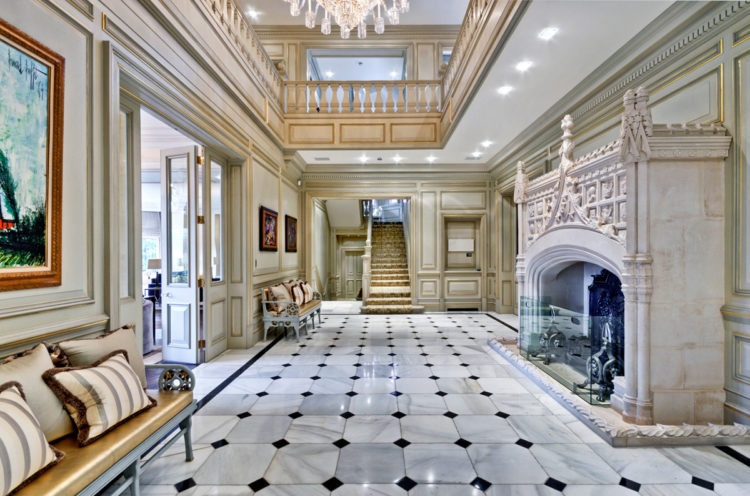
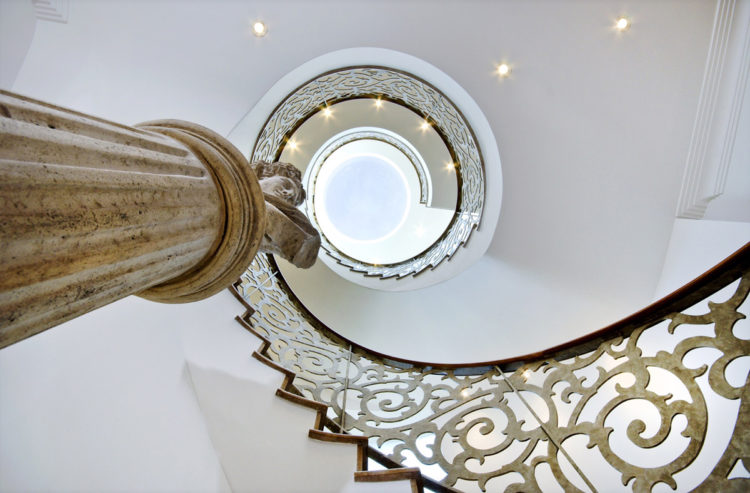
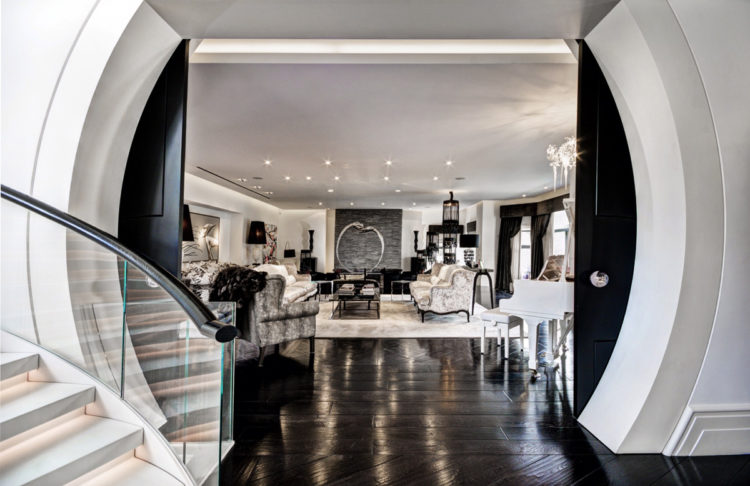
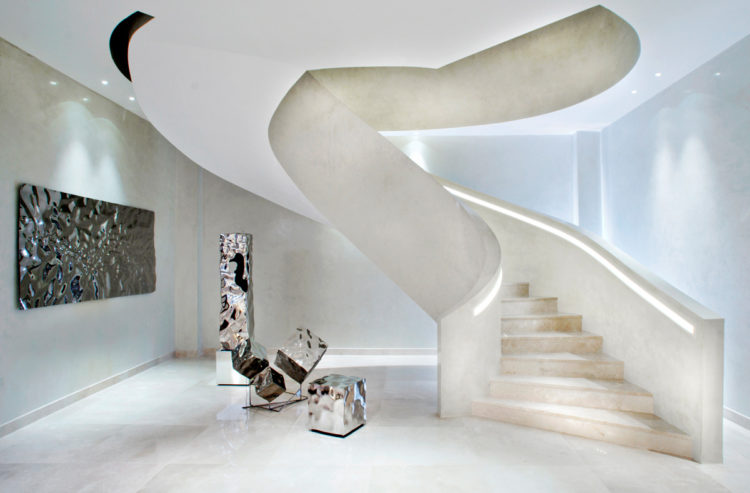
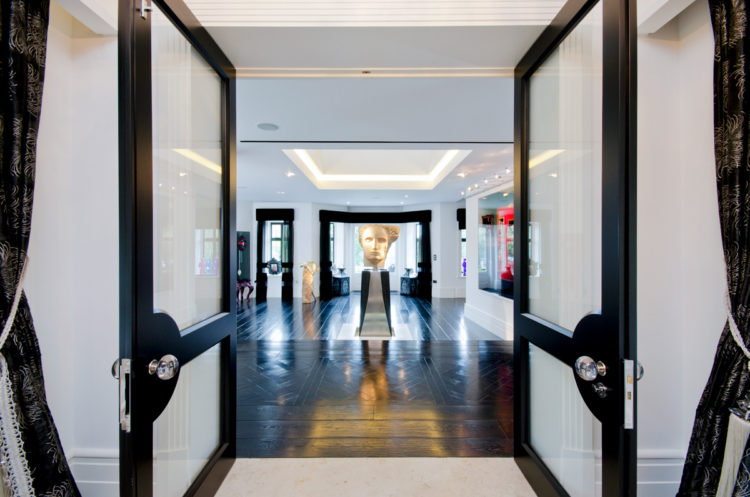
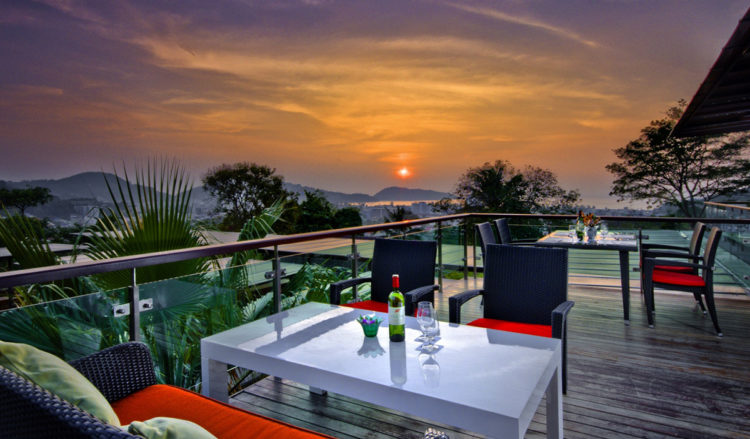
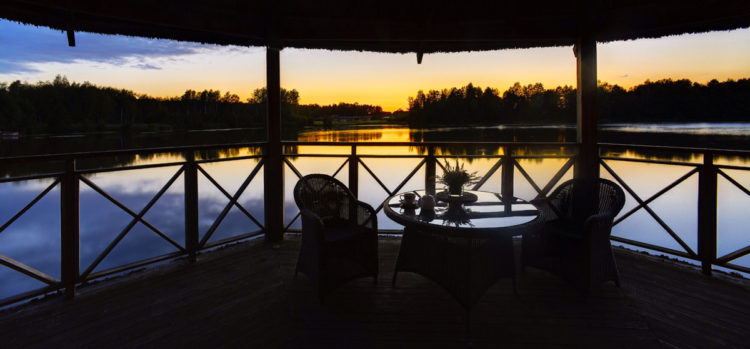
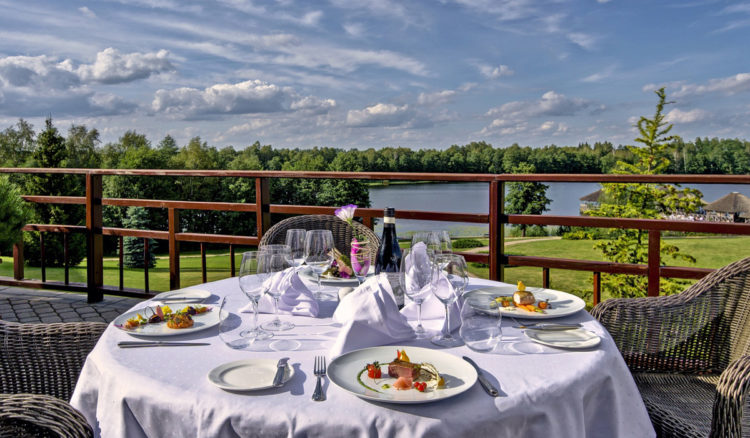
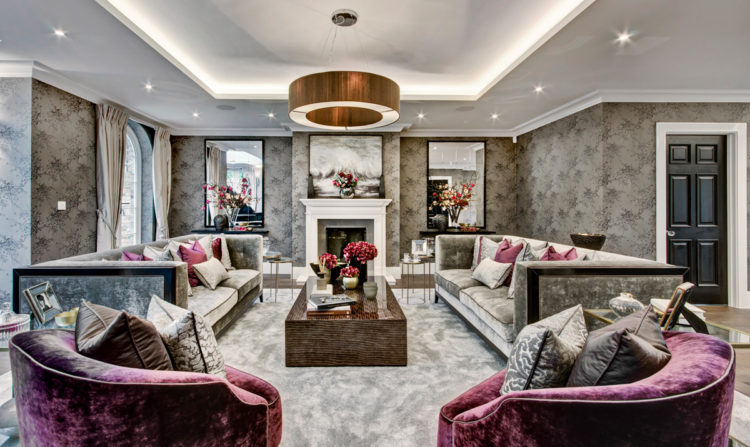
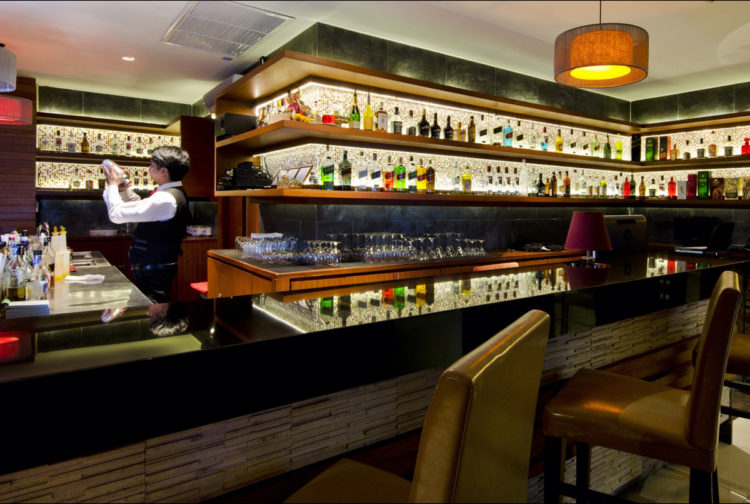
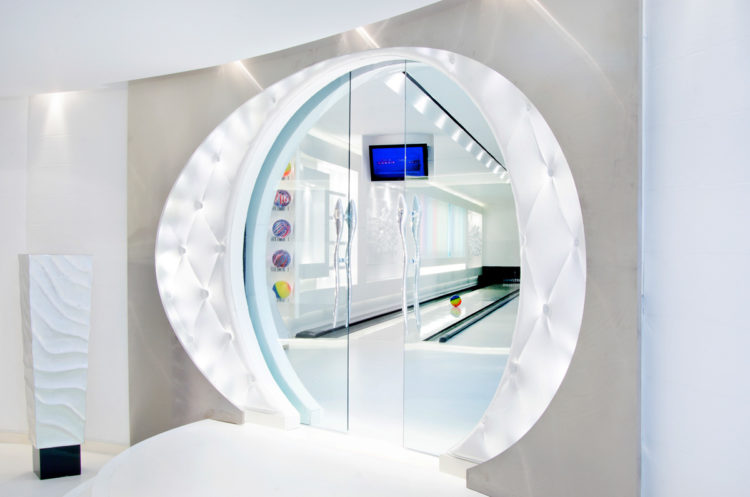
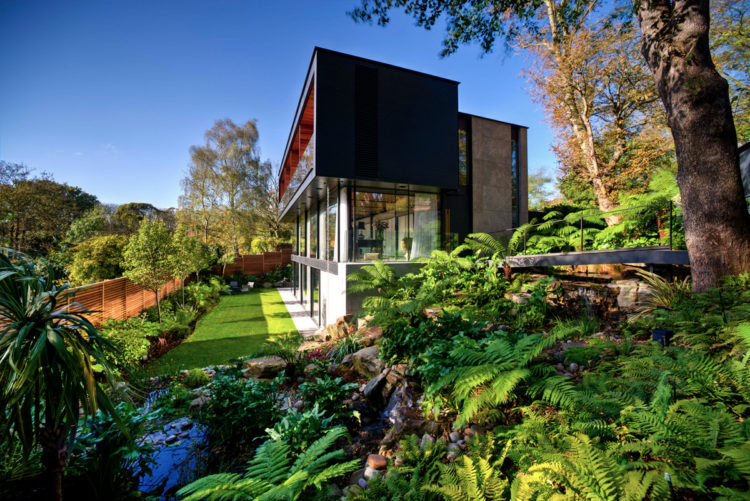

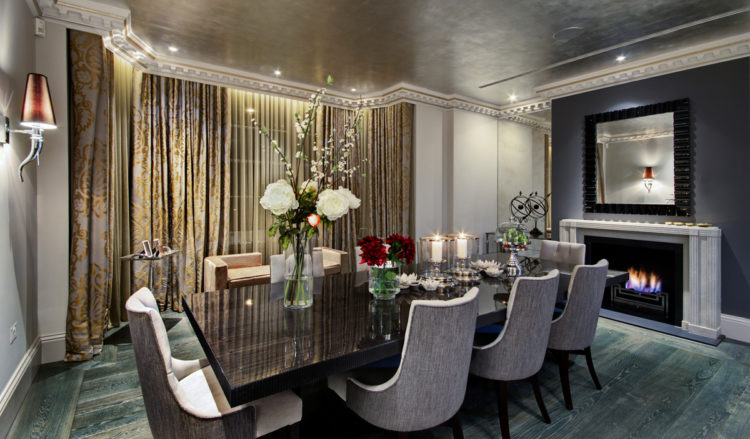
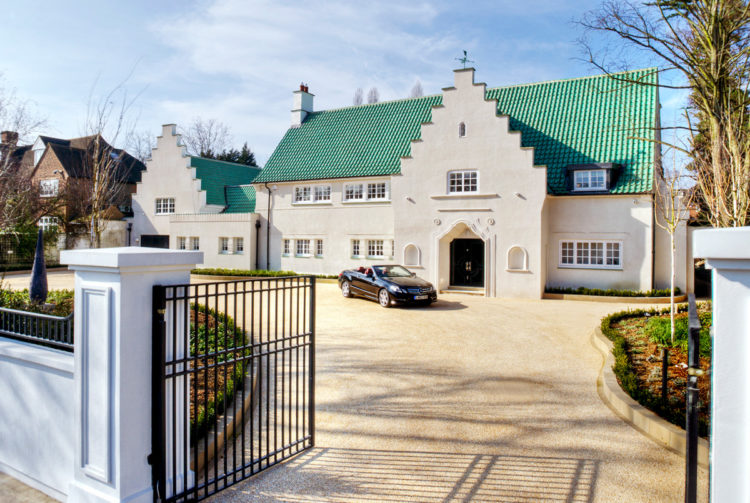
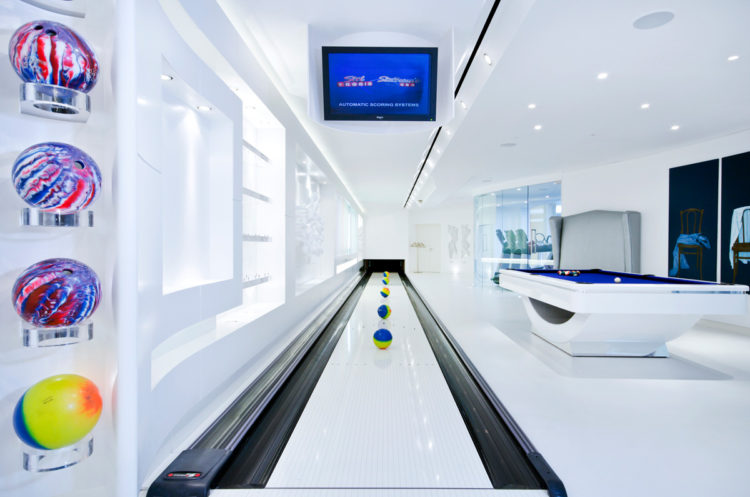
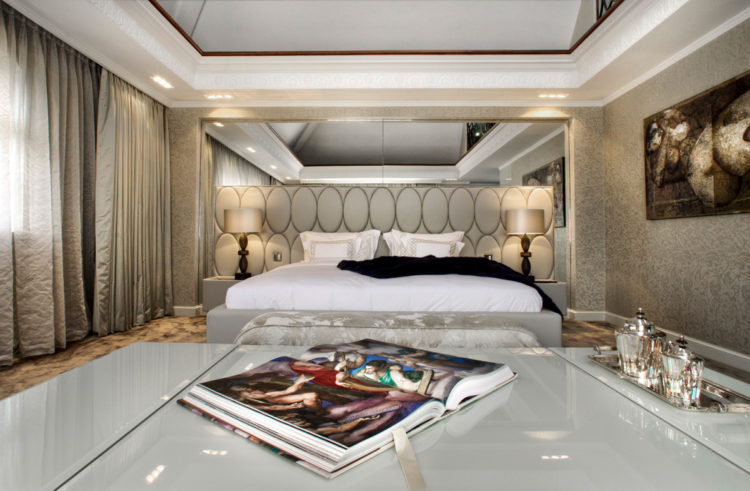
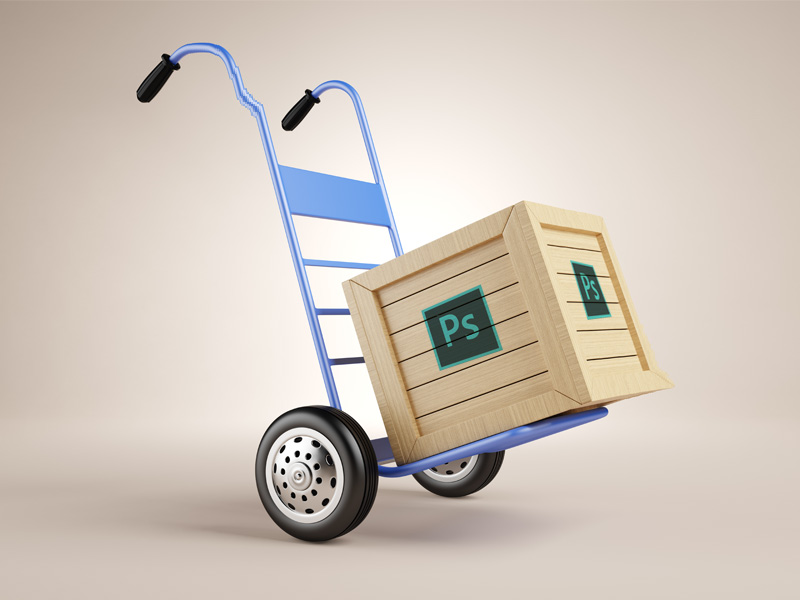
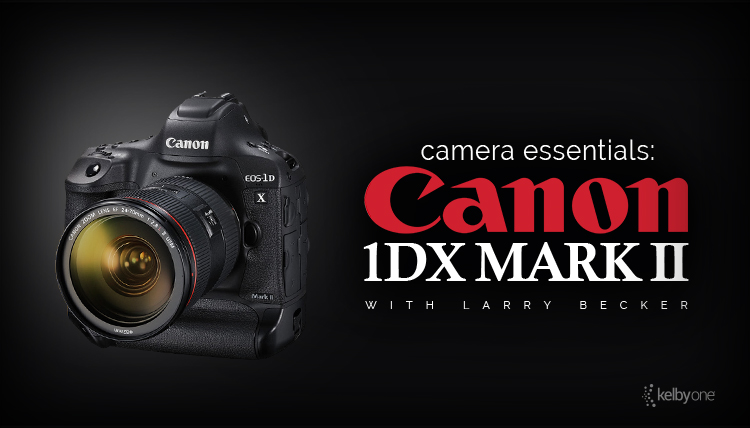
Wonderful article Brad. Loved the conclusion part. I am also willing to write an article for scottelby, my site is https://www.smartphotoeditors.com/ which is photography based.
Beautiful images!